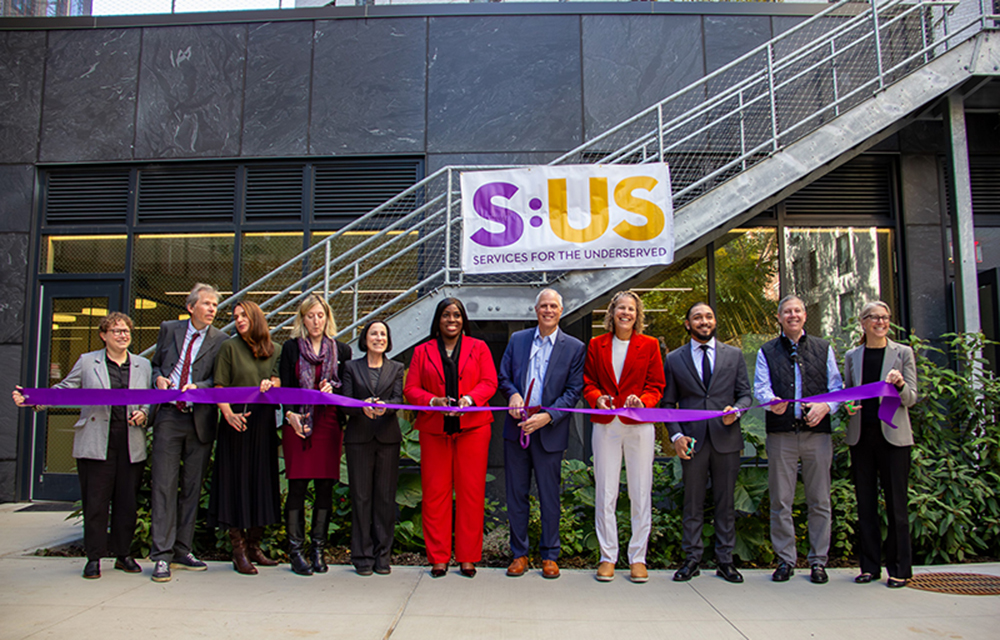CMBS workouts: Why they are so difficult and what you can do
By Charles Altman, Altman Law Group LLC and Ernest DesRochers, NorthMarq Capital
To paraphrase Earl Wilson, the former Detroit Tiger pitcher, "If you think nobody cares if you're alive; try missing a couple of mortgage payments...everyone will come looking for you." One would think that given the large increase in commercial mortgage loan defaults since 2008 there should by now be an efficient and fairly certain process through which non-performing loans can be easily resolved. However the reality is quite different. Workouts are often drawn-out and uncertain and take far longer than one would think. This is particularly true in commercial mortgages that have been securitized and are referred to as CMBS loans. Companies that own the un-rated bonds for the CMBS trust typically act as special servicer, acting on behalf of the CMBS trust. The special servicer has significant constraints under which they must act, including the federal tax REMIC regulations and the privately negotiated terms of the Pooling and Servicing Agreement (PSA). We have found, however, the most difficult aspects of workouts are likely to revolve around several factors which do not relate to either of these constraints. These include differing opinions between the lender and borrower about current real estate value; the lender's desire not to facilitate the borrowers "gaming" of the system with regard to future value appreciation; and the relative bargaining power of the two sides that arise from key legal factors of a CMBS mortgage. Current Valuation The lender frequently places a higher present value on the collateral than does the borrower. Valuation is certainly not easy in today's market given lack of comparable sales. It is difficult in primary markets; it's nearly impossible in secondary and tertiary markets. More often than not many sales that do take place are distressed asset sales and not true indications of a normally functioning market. If the lender's valuation is significantly higher than the borrower's there may not be any possible workout deal except for a cooperative marketing of the property, a process most borrowers don't relish. The Old Deal There is often an essential disconnect between the lenders' and borrower's views of what should happen when a property's value has declined below the loan balance. The original deal the borrower made with the lender gave it the unlimited upside that comes with leveraged capital appreciation. Had the property appreciated in value the borrower would have received all of that appreciation and likely a very significant rate of return. All the lender would receive was its contractually obligated fixed interest (and principal) payments. Therefore from the lender's perspective the borrower is not only legally, but also morally compelled to quickly turn over the cash flow and collateral to the lender. If it does not, it is reneging on the essence of the economic bargain that was made. The New Deal From the borrowers perspective, if its mortgaged property has declined significantly in value and the available cash flow from operations has similarly declined the obvious and appropriate lender response should be to reduce the outstanding balance and make other debt service modifications so that the modified loan will have adequate current debt service coverage and the ability to continue making required capital expenditures. Lenders will often suggest that a borrower's objective in the majority of workouts is to recast the loan in a manner so as to have the lender take a hit to current market value while preserving the borrower's opportunity for most of the future upside. The lender will only do a workout with a loan modification if the net present value of the modification clearly exceeds the current liquidation value after factoring in the time and expense of getting title to the property and selling it. However, the lender's opportunity cost of doing a workout frequently makes an all cash discounted payoff the only option for smaller loans. Bargaining Power Although many mortgage documents look to the laws of particular states such as New York for certain aspects of substantive law, almost every mortgage will utilize the laws of the state in which the collateral is located for enforcement of remedies. This means that there is a significant difference in the timing, complexity and costs of foreclosure in judicial and non-judicial foreclosure states. A typical non-judicial foreclosure state such as Texas may enable a lender to obtain title to the collateral in a few months. Conversely, states such as New York and New Jersey where judicial process is required to foreclose upon a property may involve a multi-year process. The lender can likely get appointment of a receiver in such states prior to completion of the foreclosure process, so the lender does have some bargaining power. But clearly, the distinction in state law is a significant component of relative bargaining strength. The other significant legal overlay on workouts is the presence or absence of a realistic bankruptcy option for the borrowing entity. Bankruptcy law is federal and although there are some differences in the case law of 11 different circuits, in general the law is fairly uniform. The key bankruptcy advantage for the borrower is the ability to "stay" any judicial or non-judicial foreclosure process and in certain limited circumstances to compel the lender to accept a workout plan which it does not voluntarily agree to. Where bankruptcy is a realistic option it is generally considered to be an extremely potent tool to afford time to the borrower and significantly increase the lender's costs of loan enforcement. Nevertheless, the bankruptcy process on a standalone basis is generally unlikely to result in a favorable outcome for the borrower. The most significant bankruptcy issue is the potential that, should the borrowing entity avail itself of the bankruptcy process, it will in so doing make the key principal of the borrower personally liable for the full loan amount. Such recourse is often called "springing bankruptcy recourse." Although some borrowers have argued that such springing recourse should be considered to be void as against public policy, most courts have disagreed with such assertions and have upheld the clause. Interestingly, the balance of power in the bankruptcy context is not typically significantly impacted by the expensive and cumbersome process which securitization has typically relied upon, namely, the existence of bankruptcy remote entities and their attendant paraphernalia such as independent directors and non-consolidation opinions. These mechanisms are rarely effective to forestall a bankruptcy petition without springing bankruptcy recourse. Conclusion Negotiating a resolution to a problem loan is often a drawn-out process that involves fees and expenses and a result that is far from certain. It can take far longer than expected. A workout of some sort is possible, when each sides' valuations are not significantly divergent and when the borrower can invest new cash equity into the transaction. For a borrower, it is important to know the rules and regulations as well as the "business culture" of the special servicer, and have realistic expectations on what you expect to accomplish in a workout and what you are willing to do for the long term betterment of the asset.
Charles Altman is with Altman Law Group LLC in White Plains, N.Y. and Ernest DesRochers is a senior vice president and co-managing director in the New York City office of NorthMarq Capital.
NYC mayor and DOB release comprehensive façade inspection and safety study conducted by Thornton Tomasetti








.gif)
.jpg)

.gif)